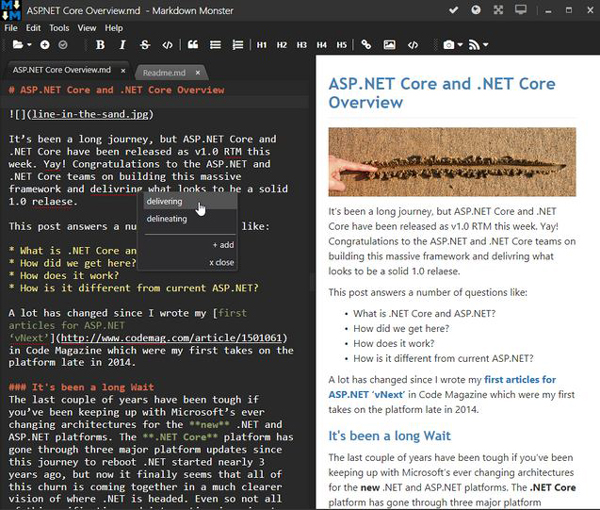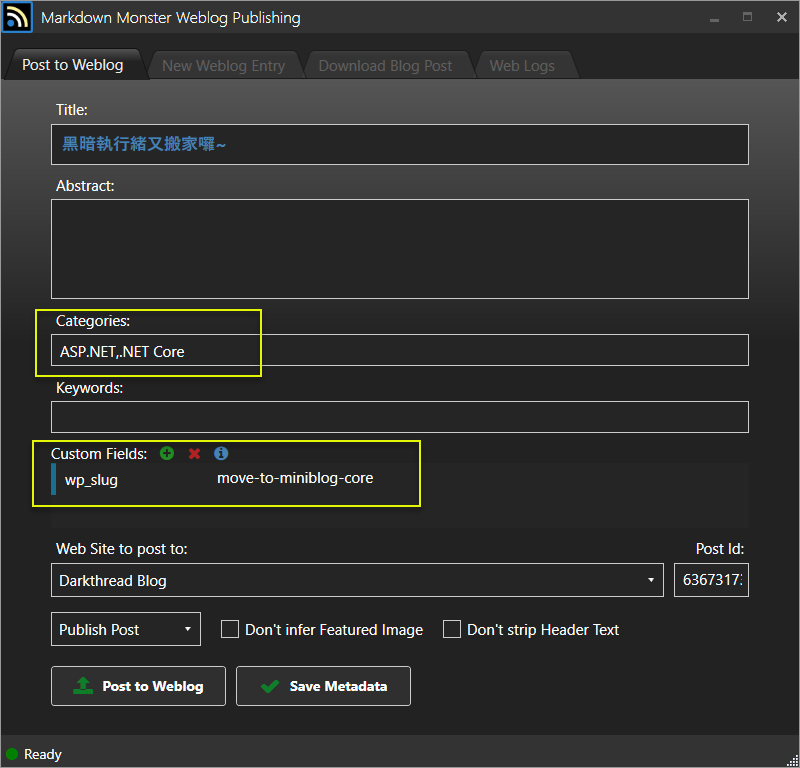

In an application like Microsoft Word, you click buttons to format words and phrases, and the changes are visible immediately. When you create a Markdown-formatted file, you add Markdown syntax to the text to indicate which words and phrases should look different.įor example, to denote a heading, you add a number sign before it (e.g., # Heading One). Or to make a phrase bold, you add two asterisks before and after it (e.g., **this text is bold**).

It may take a while to get used to seeing Markdown syntax in your text, especially if you’re accustomed to WYSIWYG applications.

The screenshot below shows a Markdown file displayed in the Visual Studio Code text editor. You can add Markdown formatting elements to a plaintext file using a text editor application. Or you can use one of the many Markdown applications for macOS, Windows, Linux, iOS, and Android operating systems.


 0 kommentar(er)
0 kommentar(er)
